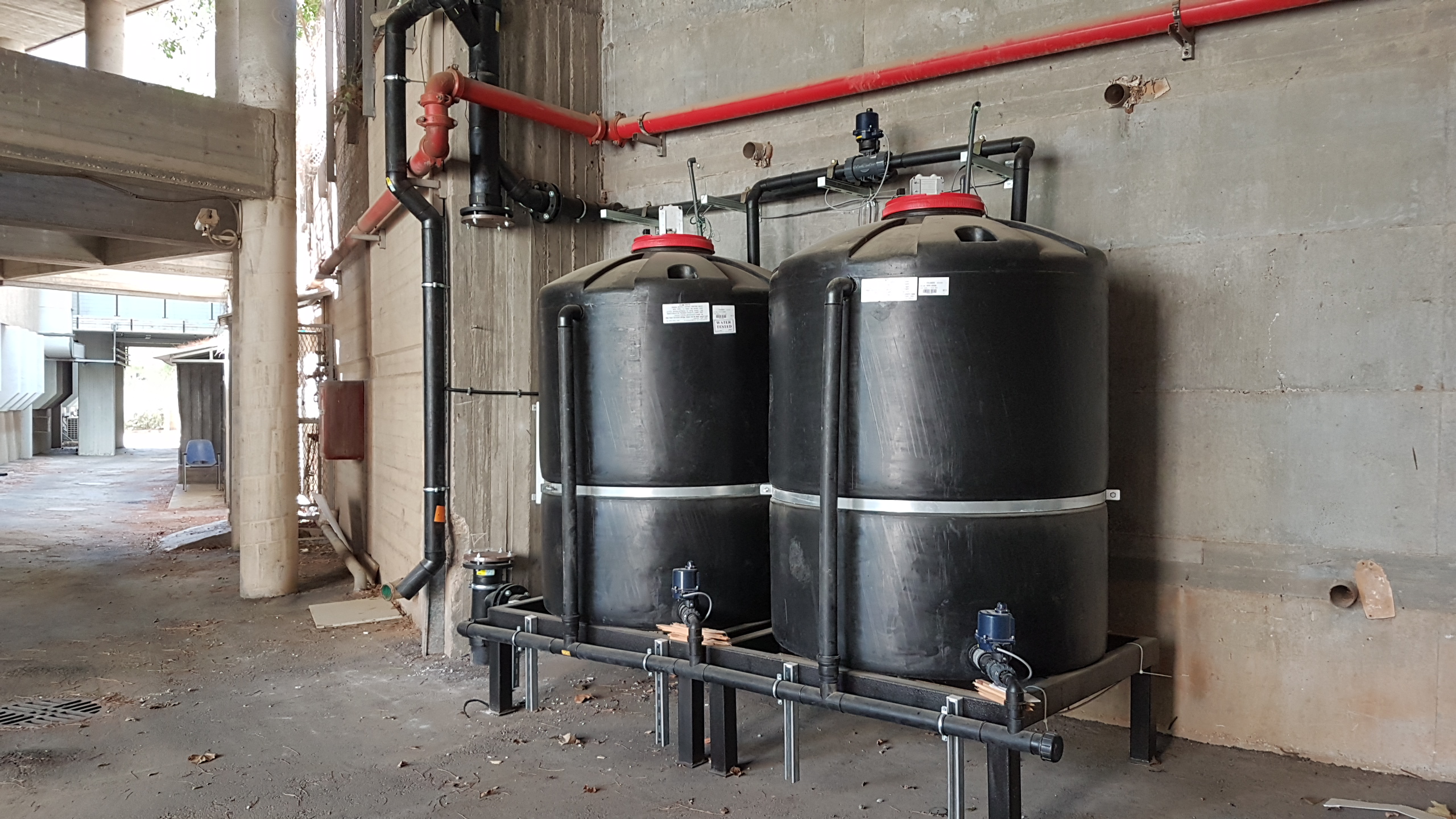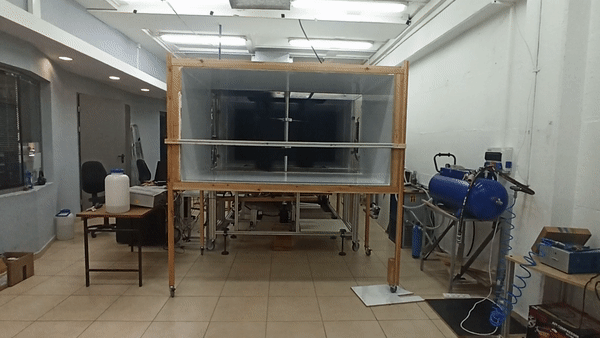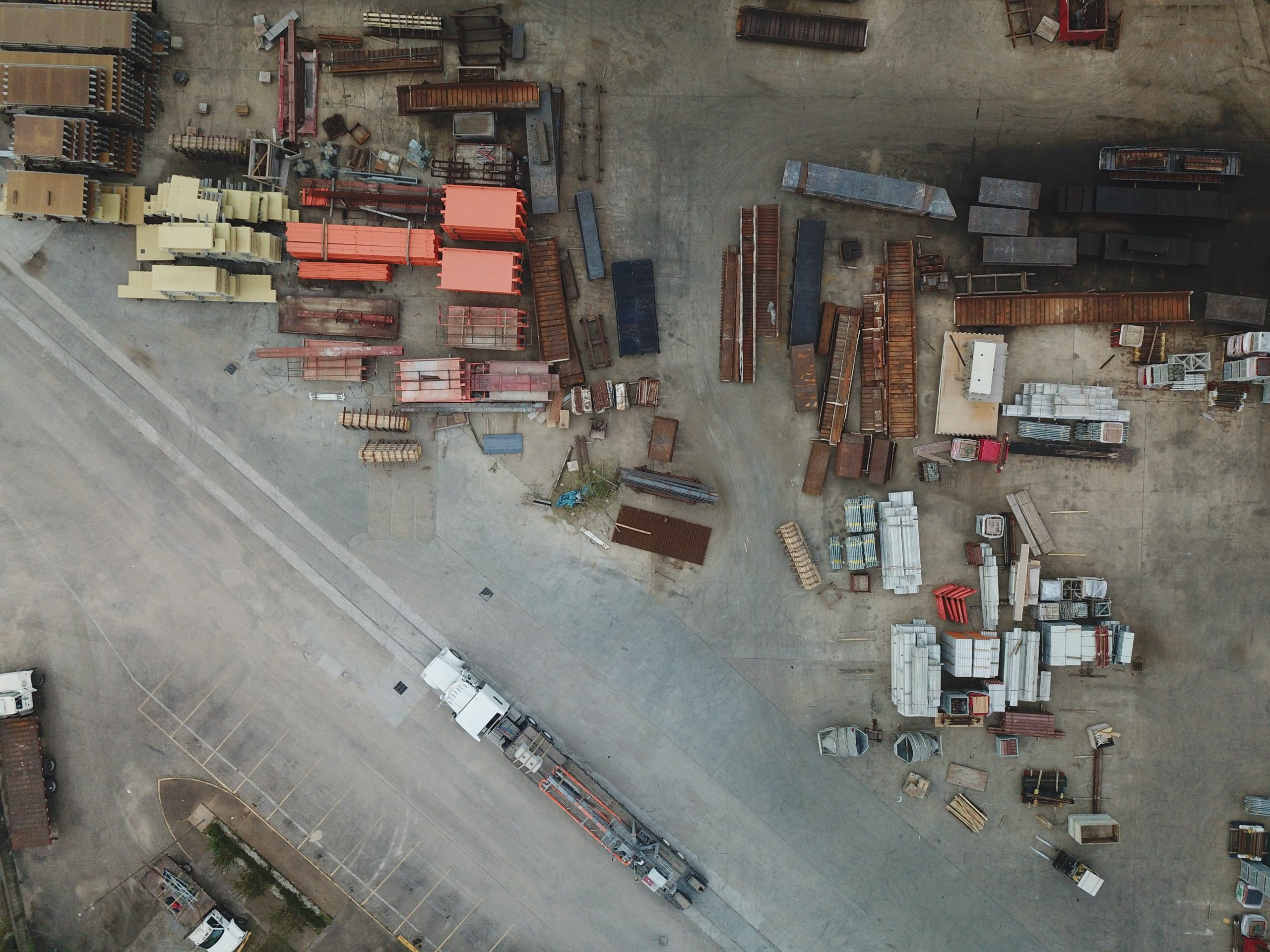Toning Down Wasteful Printing Habits
February 22, 2021With demand for paper rising, so too are deforestation rates as well as paper-related waste. In response to this growing issue, Israeli company, ePaper Ltd. is marketing innovative technology to large companies and government ministries that encourages and minimizes paper use.
Have you ever stopped and considered how many kinds of paper we use and handle on a daily basis? Newspaper, office-printed paper, parking cards, bills, banknotes, receipts, books, napkins, bags, food packaging, toilet paper, and health certificates (especially during the COVID-19 pandemic) are some of the common paper-based products we hardly give a second thought to.
As of 2018, the total global production of paper and cardboard was about 420 million tons per year, but this amount is expected to rise. In fact, researchers speculated this number would reach 490 million tons by 2020. But for a world so entrenched in the digital age, this amount feels excessive and unnecessary, and it should be within the realm of possibility to eliminate much of the paper we use.
Fortunately, Israeli company, ePaper Ltd. has developed technology that can reduce the environmental footprint of office work, and it has a positive effect on office paper consumption habits.
The Plight of the Paper Industry
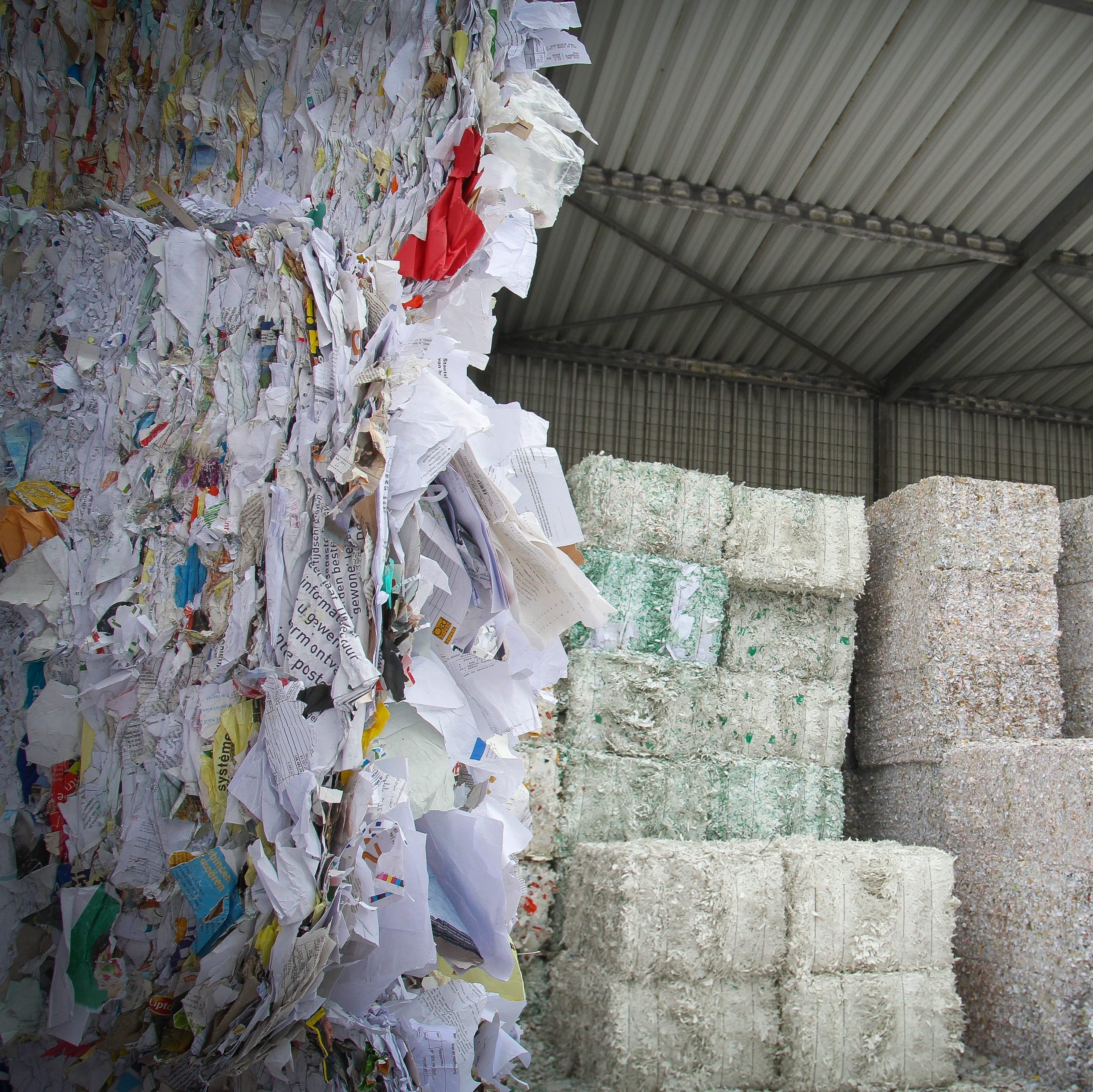
Think of the many other products and services we freely use today—for instance plastics, electricity, transportation, etc. One similarity they all share is their neglected environmental costs. Because peoples’ demand for goods and services frequently trumps the needs of the environment, their environmental cost simply gets overlooked. Paper is no different.
In fact, the paper industry is considered to be one of the most polluting industries as it is responsible for creating very large amounts of solid and liquid waste during production and throughout paper’s entire life cycle. The production process also causes the release of many environmentally hazardous substances, such as chlorine compounds, effluents, inks, and bleach, which often pollute nearby land and water supplies. Producing paper also takes twice the amount of energy used to produce a plastic bag.
It’s also no surprise that paper demand encourages deforestation and rising concentrations of atmospheric carbon dioxide as a result. In the United States, for example, the paper industry is the fourth largest source of greenhouse gas emissions among manufacturing industries and contributes 9% of total manufacturing carbon dioxide emissions. About 93% of the raw material for paper production comes from trees, and about 42% of all the trees felled in the world are used to make paper. Research also shows that one average-sized tree yields roughly 8,000 white pages after production. Improvements in pulp processing technology have also enabled nearly all types of trees, softwood and hardwood species, to be harvestable for paper production.
Paper production is also water intensive. Even to produce just one standard sheet of A4 paper requires a minimum of 1.5 cups of water. This may not seem like much until you put this into perspective. To produce one standard ream of paper, which contains 500 sheets, means that more than 177 liters (750 cups) of water are used in its production, at least.
What makes matters worse if the fact that 45% of all paper printed in offices ends up trashed the same day according to data gathered by The Paperless Project, a coalition of companies focusing on changing the way organizations and businesses use paper and e-content.
“The paper production process requires very large amounts of energy and water,” says Prof. Ofira Ayalon of the Department of Natural Resources and Environment at the University of Haifa and Director of the Environment at the Samuel Neaman Institute. Although most of the wood used to make paper is usually planted and cultivated for this specific purpose, the cost to maintain growth and reach desirable quality outweighs the benefits.
“Ultimately, you invest more resources into wood than you get from it, whether it’s water, fertilizers, or pesticides. In a net calculation, forests need a lot of resources,” she says.
Less Printing, More Awareness
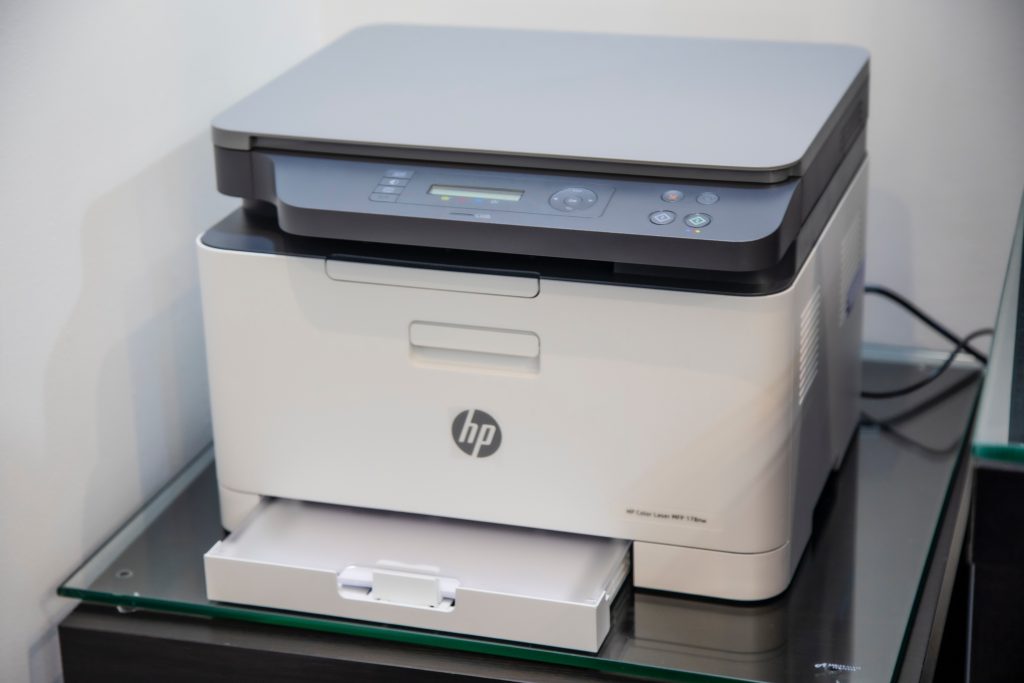
According to The Paperless Project, the amount of paper an average business uses grows by 22% per year as of 2017, which means office paper consumption expectedly doubles within 3.3 years. Paper consumption has grown so much that the average office worker in the UK uses about 10,000 sheets of paper each year.
To get paper use under control, entrepreneurs and companies are trying to reduce paper waste and change printing habits in office spaces. In addition, many companies and factories are engaged in paper recycling—turning used paper into pulp and turning that into the highest quality paper as possible.
However, according to Ayalon, even recycled paper is not free of environmental damage. “It’s true we save paper from being wasted in a landfill, but the recycling process requires the use of lots of energy to collect the paper and transport it to the recycling plant. And very large amounts of water are used in this process as well, which creates paper sludge, a waste that needs to be disposed of. This too must be taken into account,” she says.
ePaper’s solution to excessive paper consumption focuses on reducing consumption at the source by developing solutions for tighter security and control of printing systems in large businesses and organizations.
“Our technology is unique in that it handles the entire array of prints, printers, document management, and distribution methods,” says Belal Lehwany, founder and CEO of ePaper Ltd who has established three different printing companies in the last 15 years.
“First, it turns the printing operation into a generic operation. In other words, the document is not sent to a particular printer, but to a virtual printer from which it can be pulled to any printer within the particular organization.”
“The approach to reducing paper use not only addresses paper consumption in offices, but it also has an impact in other areas,” says Shiri Hefer, environmental economist at DHVMED Environmental Consulting and Engineering. “For example, printers have significant energy consumption costs. Therefore, choosing a quality machine with good energy efficiency can save about 43% of office power consumption.”
“We made the whole printing process monitored,” says Lehwany. “The organization has the ability to know who printed, what was printed, when, and how much. Thus, people develop awareness, thought, and personal responsibility for the printed content and the amount of paper they consume at work.”
“The system can generate reports that quantify the amount of paper and energy consumed in the company in a given period and even calculate the corresponding amount of wood that was cut, the amount of energy consumed and saved, and how much toner is consumed and saved,” he explains.
According to company data, customers using this technology saved an average of 35% in paper pages. “For example, A company in Phoenix, who uses our technology, sent about 40 million pages for printing in about four years. Following the transition to our technology, they saved about 8 million unprinted pages,” says Natalie Searle, ePaper’s vice president of operations. “Based on the calculation we made, we saw the company saved the felling of 800 trees. In addition, it also reduced carbon dioxide emissions and saved energy and money.”
Eco-Friendly Offices
“It’s important to adopt an environmentally oriented culture in companies—one that doesn’t encourage unnecessary paper printing, but saves additional resources instead,” Hefer explains.
However, companies should not settle for just one technical solution. Rather, they should branch out and adjust other areas within their offices that promote wasteful tendencies; a recommendation echoed by experts.
“For example, companies can set to switch to two-sided printing only, use large computer screens in meetings instead of printing whole documents, choose toners that can be filled several times, use smart office management systems, and more,” Hefer adds.
“What is particularly successful with a paperless office approach is that the transition and change in corporate culture doesn’t add to the company’s expenses. In fact, it saves money in the long run because these technologies are not particularly expensive today,” concludes Hefer.
This ZAVIT Article was also published in Israel21c on 16 Feb. 2021
